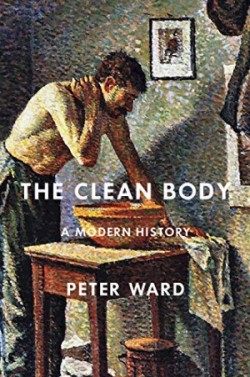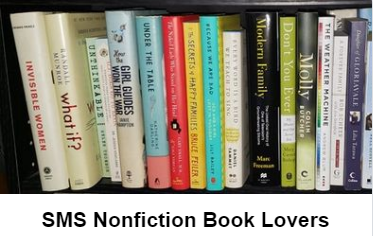A book review of The Clean Body: A Modern History by Peter Ward
 Stars: *****
Stars: *****
McGill-Queen’s University Press (2019)
History
344 pages
Disclosure: I received a copy of this book in exchange for an honest review. This post contains affiliate links.
Summary: How often did our ancestors bathe? How often did they wash their clothes and change them? What did they understand cleanliness to be? Why have our hygienic habits changed so dramatically over time? In short, how have we come to be so clean?
The Clean Body explores one of the most fundamental and pervasive cultural changes in Western history since the seventeenth century: the personal hygiene revolution. In the age of Louis XIV bathing was rare and hygiene was mainly a matter of wearing clean underclothes. By the late twentieth century frequent – often daily – bathing had become the norm and wearing freshly laundered clothing the general practice. Cleanliness, once simply a requirement for good health, became an essential element of beauty. Beneath this transformation lay a sea change in understandings, motives, ideologies, technologies, and practices, all of which shaped popular habits over time. Peter Ward explains that what began as an urban bourgeois phenomenon in the later eighteenth century became a universal condition by the end of the twentieth, touching young and old, rich and poor, city dwellers and country residents alike.
Based on a wealth of sources in English, French, German, and Italian, The Clean Body surveys the great hygienic transformation that took place across Europe and North America over the course of four centuries.
The Clean Body
I’m not interested in reading about history in the sense of wars or who was in charge of what country. However I am interested in the history of people (sociology) and how we acted or what we believed in the past. That’s more what this book is about and it was very interesting.
As I said, very interesting but also very detailed and full of information. The book was sometimes a little hard to follow or dry in certain places. However not enough to not make it a 5 star book. The rating shouldn’t be penalized because the author was thorough with his research. What’s interesting about this book about cleanliness throughout history is that the author doesn’t give only the US perspective or even the North American perspective. He includes sources and data from European nations as well.
The author, Peter Ward, covers the 17th century to the current year and boy did the definition of cleanliness change over that time. Peter covers bodily cleanliness from toileting, hand washing and bathing as well as how we clean our clothes. It’s interesting to note that in the 17th and 18th centuries I think it was, if you had pressed, clean white clothes on, you were considered clean, even if you hadn’t bathed in a year or more.
The book also starts with 12 photos, which are photos from the past that were found when researching the book and illustrate how cleanliness was looked upon at that time. The photos are referenced later in the book with an explanation of the photo and it’s meaning. You simply have to flip back to the beginning to get another look at them.
I previously read a children’s nonfiction book about bathing and cleanliness and found it interesting but this book was infinitely more in depth and covered so much more. I mean understandably of course since the other is children’s nonfiction but both books were interesting.
If you are an adult and you are interested in the history and sociology of how we cleaned or didn’t clean ourselves in the past, you will definitely want to read this book.
Buy The Clean Body from Amazon.com and help support the blog.
Find The Clean Body on GoodReads.








